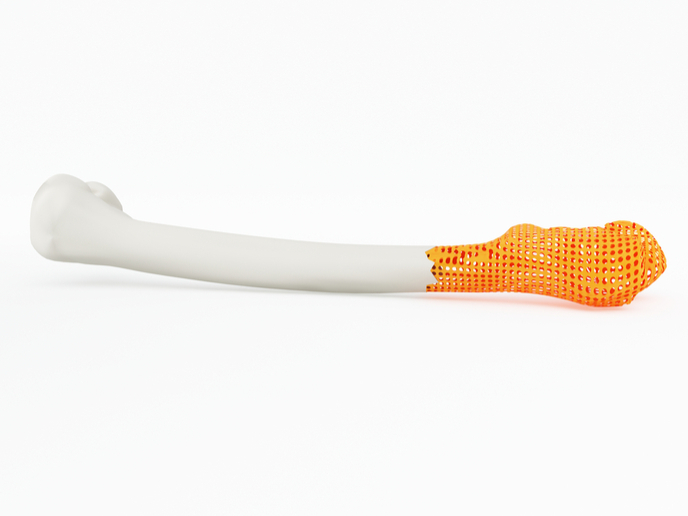Factors affecting mycotoxin production
The EU-funded ANTIFUNGALVSMYCOTOX project studied the effectiveness of varied concentrations of potassium sorbate, butylated hydroxyanisole (BHA), natamycin and tebuconazole on preventing moulds in different environmental conditions. The effects of these food-grade antifungal compounds were assessed at different growth stages of key mycotoxin-producing fungi such as Fusarium and Aspergillus. Project members used state-of-the-art techniques like reverse transcription polymerase chain reaction (RT-PCR), mycotoxin microarray, confocal microscopy and flow cytometry for measurements and toxin phenotyping. The data results were integrated using bioinformatics methods that included projection to latent structure (PLS), principal component analysis (PCA) and neural networks (NNs). Researchers developed a novel Bioscreen C system for automated turbidimetric measurements of filamentous moulds to study fungal behaviour on exposure to antifungal compounds. The lethal doses of 50 and 90 % (LD50, LD90 respectively) for these compounds were assessed to study different drug concentration effects. This technique also made it possible to extract and quantify the mycotoxins as well as the fungal mycelium for gene expression experiments. Scientists successfully developed a technique to analyse the production of the mycotoxin type-A trichothecenes in oat-based media. A bead beating system along with semi-automated purification technique was developed for rapid extraction and purification of fungal RNA. In vitro and in vivo study outcomes revealed that certain drug concentrations could actually stimulate fungal growth instead of inhibiting mycotoxin production. The response of Aspergillus flavus spores to selected antifungal drugs was tested under different environmental conditions with only BHA at high concentrations proving effective. The mixed growth model is being modified to assess the effect of more environmental factors on mycotoxin production and fungal growth. Highly successful ANTIFUNGALVSMYCOTOX outcomes have led to an unprecedented understanding of fungal response to different drugs in varying concentrations and environmental conditions. These impressive developments have been published in several peer-reviewed journals.




